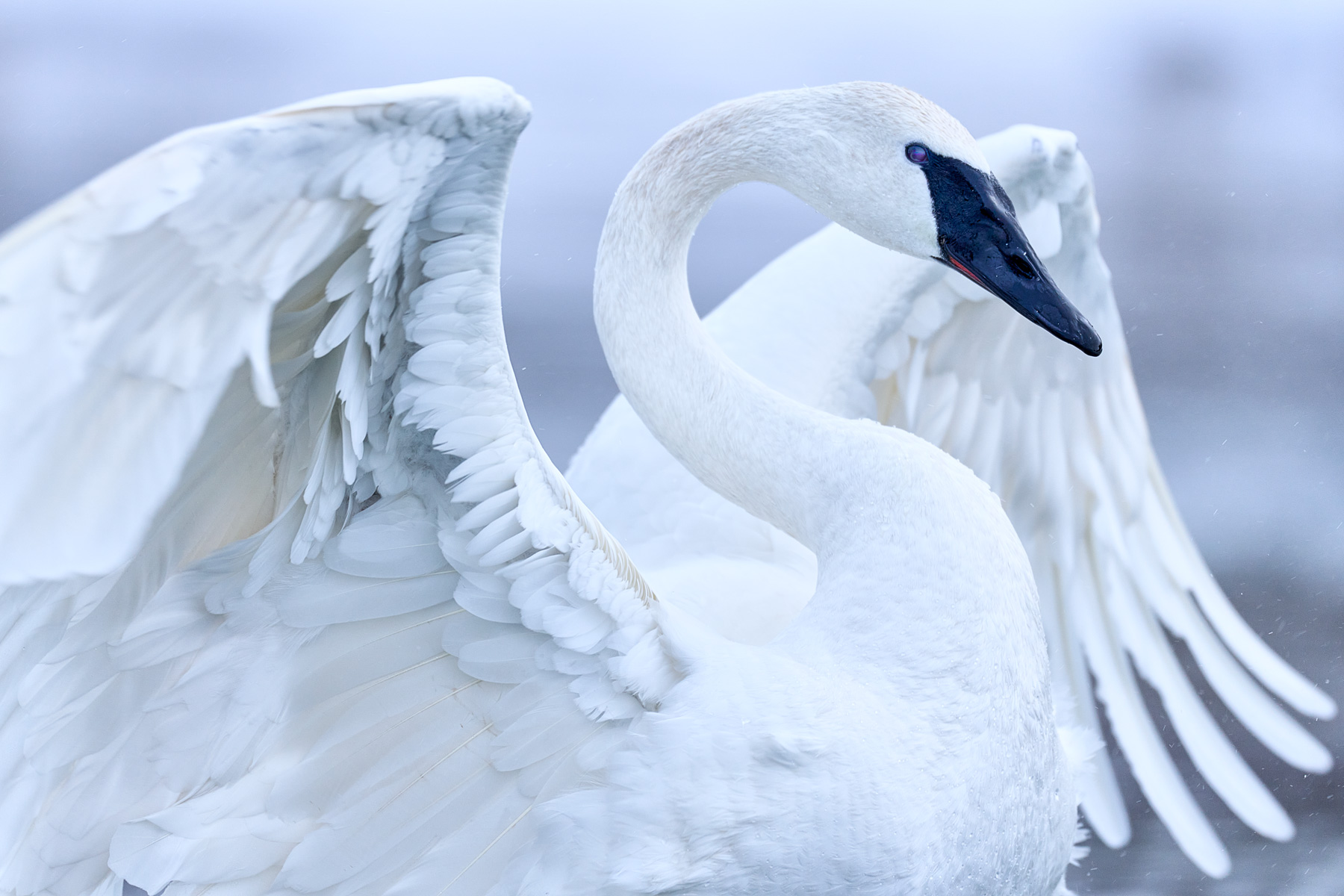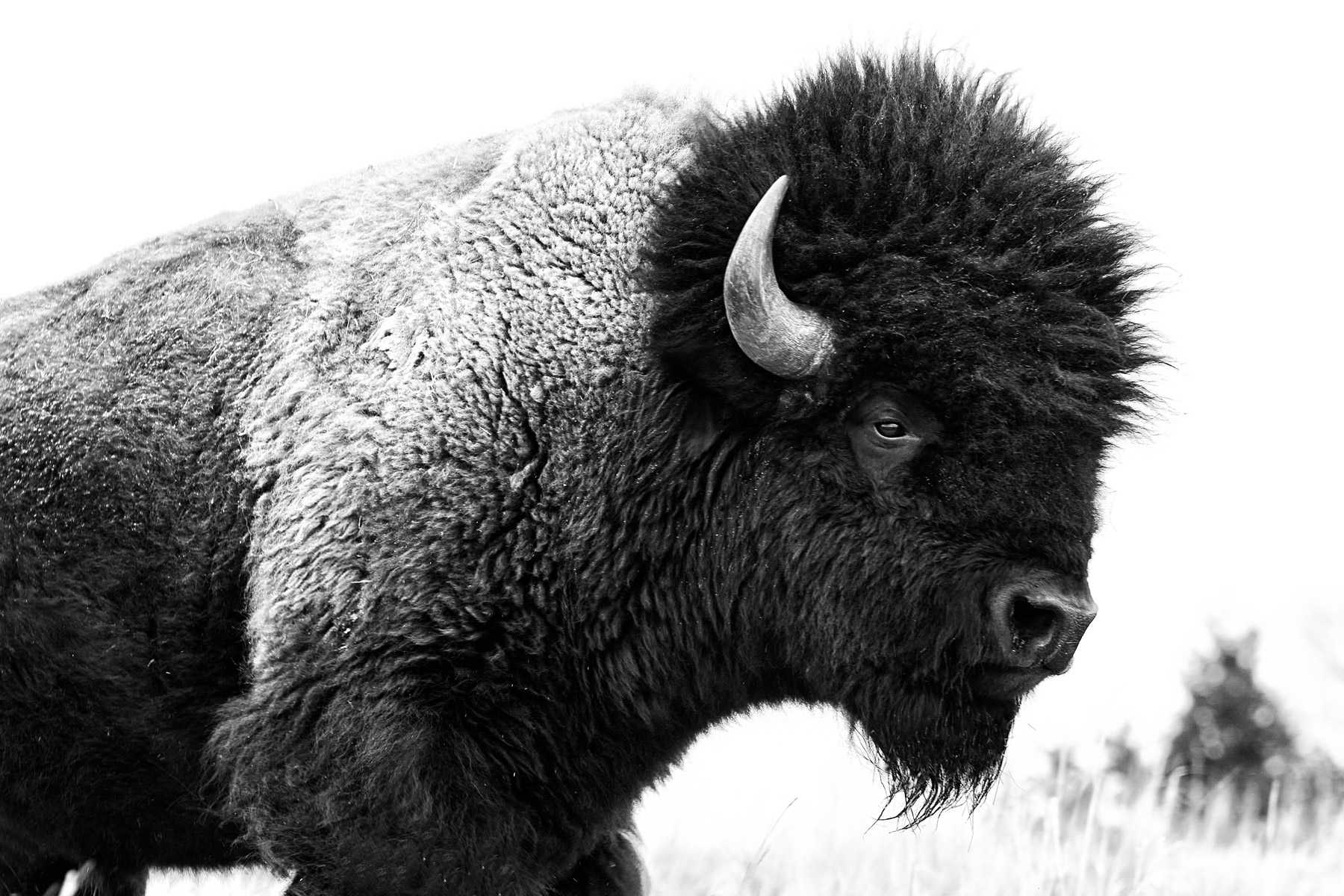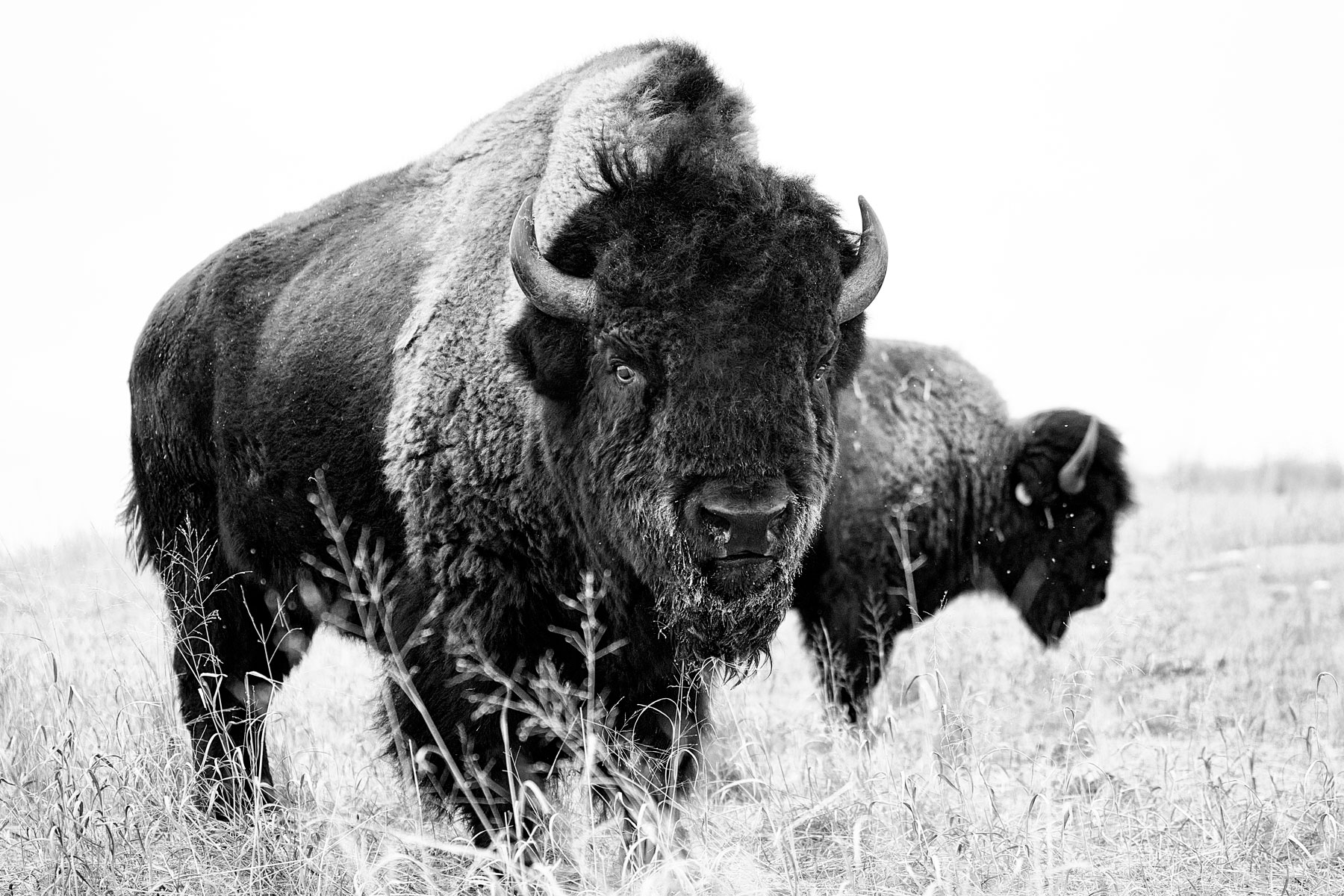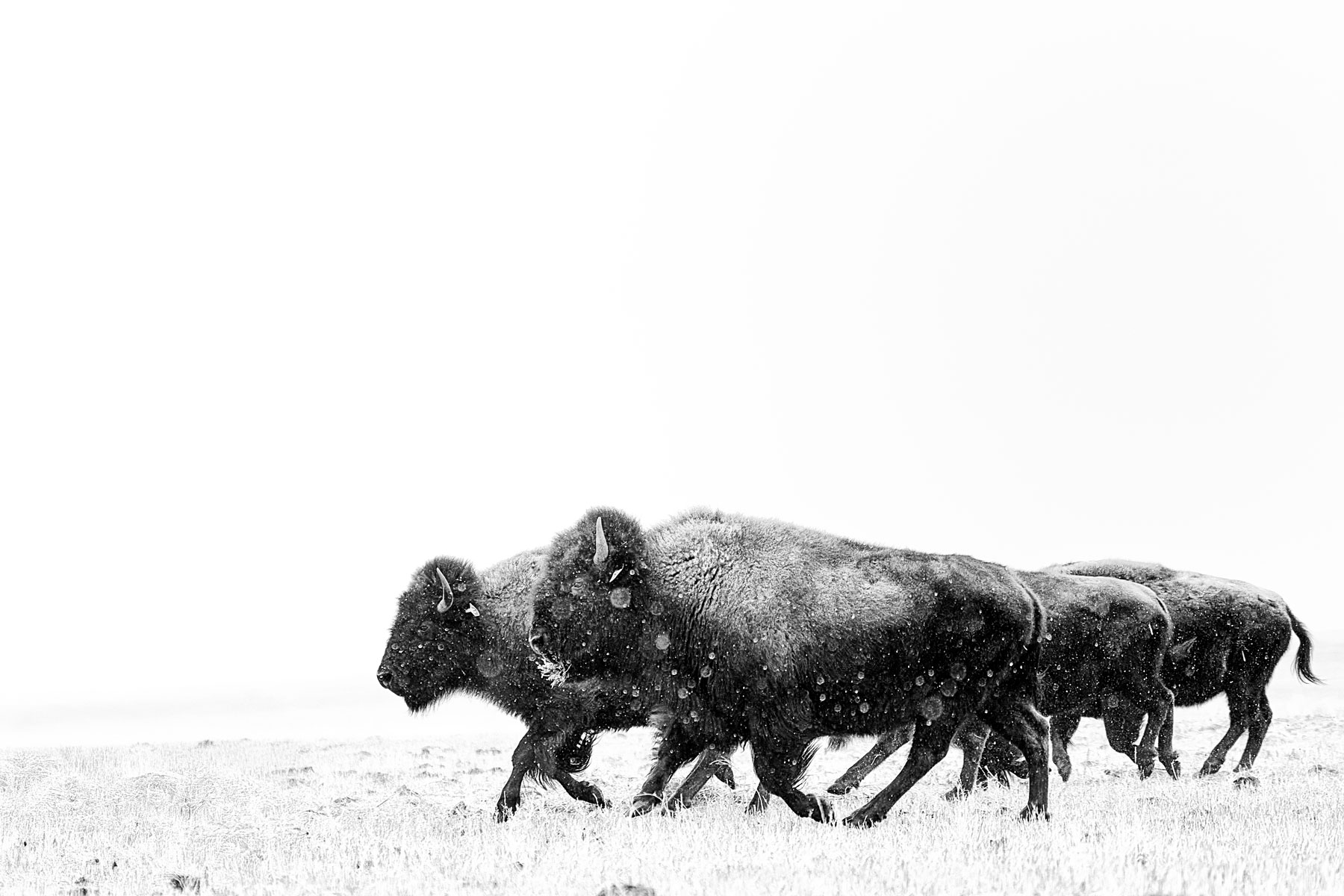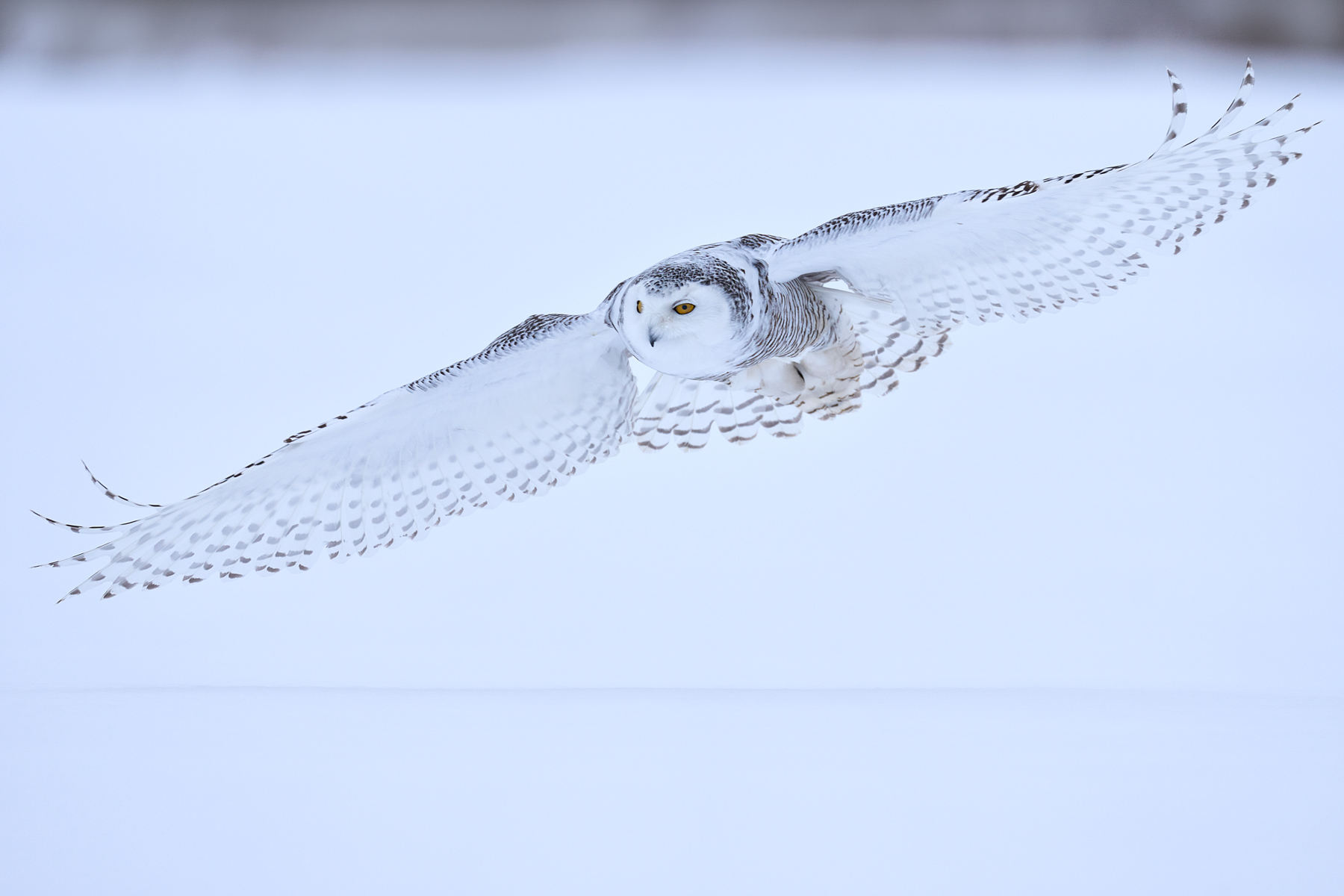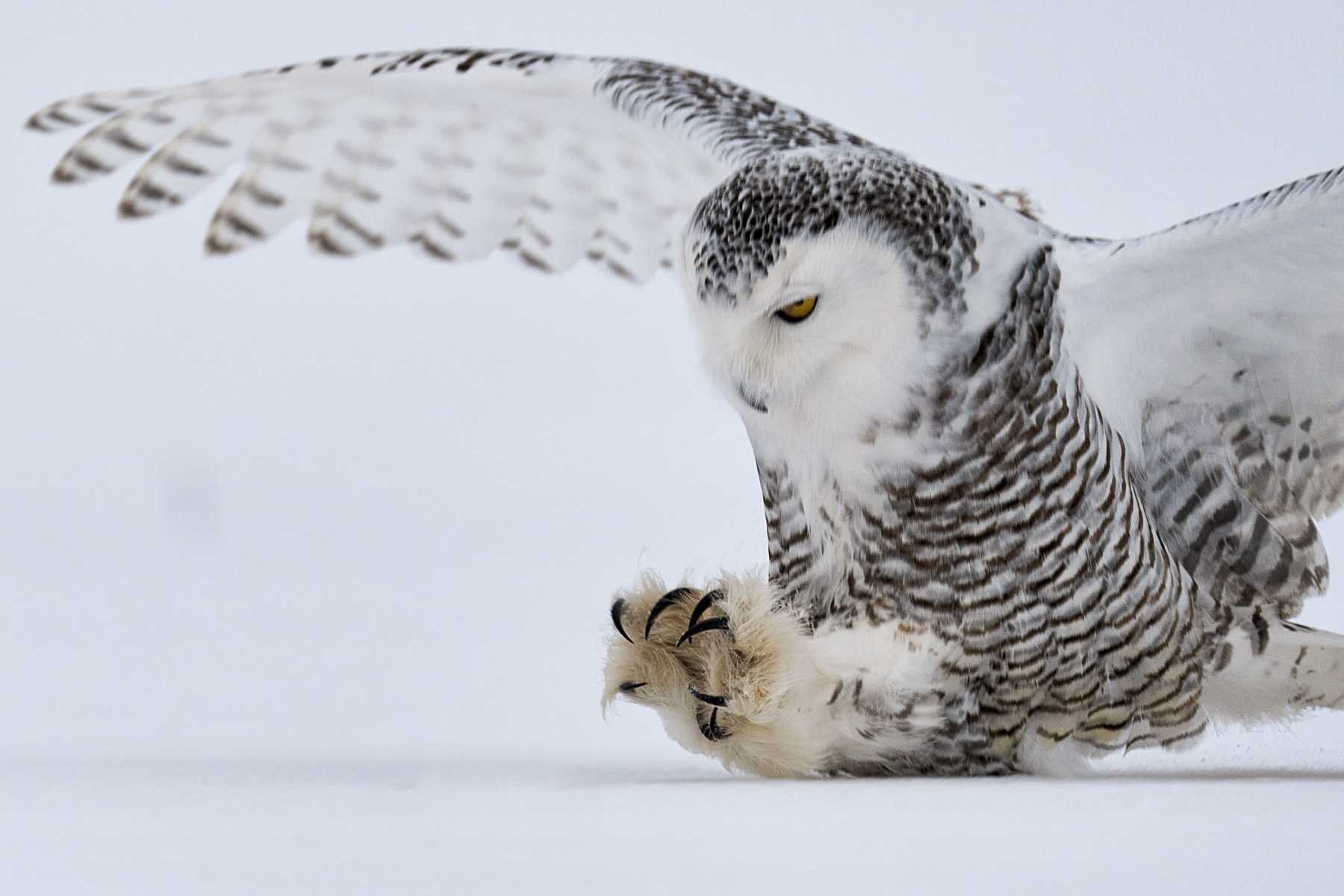Fine art photography is more than just images captured on film or a digital sensor. It’s an expressive journey through the lens, a portrayal of emotion, culture, and sometimes, even a reflection of the soul. However, even the most breathtaking photographs require thoughtful promotion and effective marketing strategies to connect with the right audience. In this post, we’ll explore how to market fine art photography and elevate your artistic practice to new heights.
The Challenge: Connecting Fine Art Photography with the Right Audience
Marketing fine art photography can feel overwhelming, especially when you’re immersed in the creative process. You’re not just selling a picture, but a piece of emotion, perspective, and craftsmanship. However, to reach collectors, galleries, and art enthusiasts, you must develop a strategy that goes beyond traditional marketing. Instead, you need a nuanced approach that highlights the rarity and value of your fine art photography.
In this guide, we’ll share real-world strategies, tips, and examples on how to market fine art photography effectively, including how to tell your story, build a unique brand, and expand your reach.
Crafting Your Story: Why Your Narrative Matters
When you’re wondering how to market fine art photography, one of the most crucial steps is crafting a compelling narrative. People connect with stories — it’s part of the human experience. Think of your work as a visual storybook where every image communicates a unique message, a feeling, or a moment frozen in time.
When you share the story behind your photographs, you offer potential buyers and clients a glimpse into your creative process and personal vision. For example, let’s consider a photographer whose work focuses on fine art horse photography. The narrative could explore how these majestic creatures symbolize freedom, power, and grace. The photographer might share their deep connection with animals or the specific techniques they use to capture such raw emotion in each shot.
By weaving your story into your marketing strategy, you invite people to invest in more than just a photograph — they invest in the experience, the journey, and the emotion captured through your lens.
Why Marketing Fine Art Photography is a Different Game
Marketing fine art photography is unlike promoting commercial photography. Fine art photographers aren’t just selling images; they’re offering a window into a world shaped by artistic interpretation, aesthetics, and emotion. When you’re figuring out how to market fine art photography, it’s important to understand that your potential audience isn’t simply looking for a “pretty picture” — they’re seeking authenticity, meaning, and a connection to the artist.
People are often drawn to fine art photography because it represents something rare and valuable. Each photograph is a unique artistic creation, often limited in number or entirely one-of-a-kind. The scarcity and craftsmanship involved in fine art photography make it a highly sought-after product. This rarity, combined with the skill of the artist, adds intrinsic value that distinguishes fine art photography from other types of photography.
To market fine art photography successfully, you need to educate potential buyers about the value they’re receiving. Whether it’s through storytelling, emphasizing limited editions, or showcasing the quality of your work, you need to make sure that your audience understands why your art is unique and worth their investment.
1. Build a Strong Online Presence
If you’re not already using a website and social media to promote your fine art photography, now is the time to start. A well-designed website acts as your digital gallery, where potential buyers can experience your art in its best light. But it’s not just about showcasing your work — it’s about creating a seamless, immersive experience.
How to Market Fine Art Photography: Website Tips
- Portfolio: A gallery-style website that highlights your best work. Make sure the design complements your photography.
- E-commerce Integration: If you’re selling prints, ensure that your website has an easy-to-use e-commerce platform. Offer various print sizes and framing options to cater to different budgets.
- About Page: Share your story and your artistic process. Let your audience connect with you and understand the inspiration behind your work.
- Blog: Start a blog to share behind-the-scenes stories, upcoming exhibitions, and insight into your photography process. This content can also help with SEO and attract organic traffic.
In addition to your website, leverage social media platforms like Instagram, Pinterest, and Facebook. These platforms are visual-first and can be powerful tools for engaging with your audience. Post consistently, share your creative journey, and interact with art lovers, critics, and potential buyers.
2. Collaborate with Galleries and Art Exhibitions
Although the internet is a vital tool, it’s also essential to connect with the physical art world. One of the best ways to market fine art photography is by exhibiting your work in galleries or participating in art shows. These opportunities allow you to showcase your photographs in a professional setting, reaching art collectors and enthusiasts who may be interested in acquiring your work.
Many galleries host group exhibitions, where you can participate alongside other photographers or artists. In these settings, your art becomes part of a broader conversation about contemporary fine art. It’s also a great opportunity to network with curators, other photographers, and buyers.
Furthermore, if your photographs feature a specific niche — such as fine art horse photography — look for opportunities to partner with equestrian-themed events or venues. A gallery that focuses on equine art, for instance, would be an excellent place to display your work.
3. Utilize Email Marketing to Engage and Retain Your Audience
Email marketing is a powerful tool when you’re figuring out how to market fine art photography. It allows you to keep in touch with potential buyers, provide exclusive content, and update your audience about new collections, exhibitions, or sales.
Key strategies for email marketing include:
- Build an email list: Offer visitors to your website or social media accounts the chance to sign up for updates, behind-the-scenes stories, or special offers.
- Regular newsletters: Share updates on new photography collections, exhibitions, or special promotions. Keep your subscribers informed and engaged.
- Exclusive offers: Reward your email subscribers with special discounts or early access to new pieces of art.
By engaging with your audience directly via email, you can build a loyal following that is more likely to purchase your work or recommend it to others.
4. Leverage SEO and Content Marketing
One of the most effective ways to market fine art photography is through search engine optimization (SEO) and content marketing. When you optimize your website and content for search engines, you increase the chances of people discovering your work online.
For example, if you want to target long-tail keywords like “how to market fine art photography,” incorporate them into your blog posts, portfolio descriptions, and product listings. The goal is to ensure that when someone searches for fine art photography, they find your website among the top results.
Key SEO strategies for fine art photographers:
- Optimize image descriptions: Use descriptive alt text and captions for your photographs. This helps search engines understand your images and rank them appropriately.
- Use long-tail keywords: Focus on specific keywords like “how to market fine art photography” and “buy fine art photography prints.”
- Create valuable content: Publish blog posts or articles that provide tips, insights, and tutorials. This will attract art enthusiasts and potential buyers to your website.
By combining SEO with compelling content marketing, you can boost your visibility and attract the right audience.
5. Offer Limited Edition Prints and Exclusive Collections
In the world of fine art photography, scarcity can drive demand. By offering limited edition prints, you create exclusivity and increase the perceived value of your work. Many collectors are drawn to the idea of owning a piece of rare art, especially when they know that only a few prints of that photograph will ever be produced.
Additionally, offering exclusive collections or custom work can appeal to those looking for something unique and personalized. These offerings can be promoted on your website and social media, adding an air of exclusivity that can be very attractive to serious collectors.
Conclusion: How to Market Fine Art Photography for Long-Term Success
Marketing fine art photography is about more than just creating beautiful images — it’s about telling your story, engaging with your audience, and positioning yourself as an artist whose work is rare, valuable, and deeply meaningful. By building a strong online presence, collaborating with galleries, leveraging SEO, and offering exclusive collections, you can increase your visibility and attract the right buyers to your work.
As you move forward, remember that marketing is an ongoing process. The key is to stay authentic to your vision and continually connect with your audience. And if you’re ready to take the next step in your fine art photography journey, visit our gallery to explore more of the work and find a piece that speaks to you.




